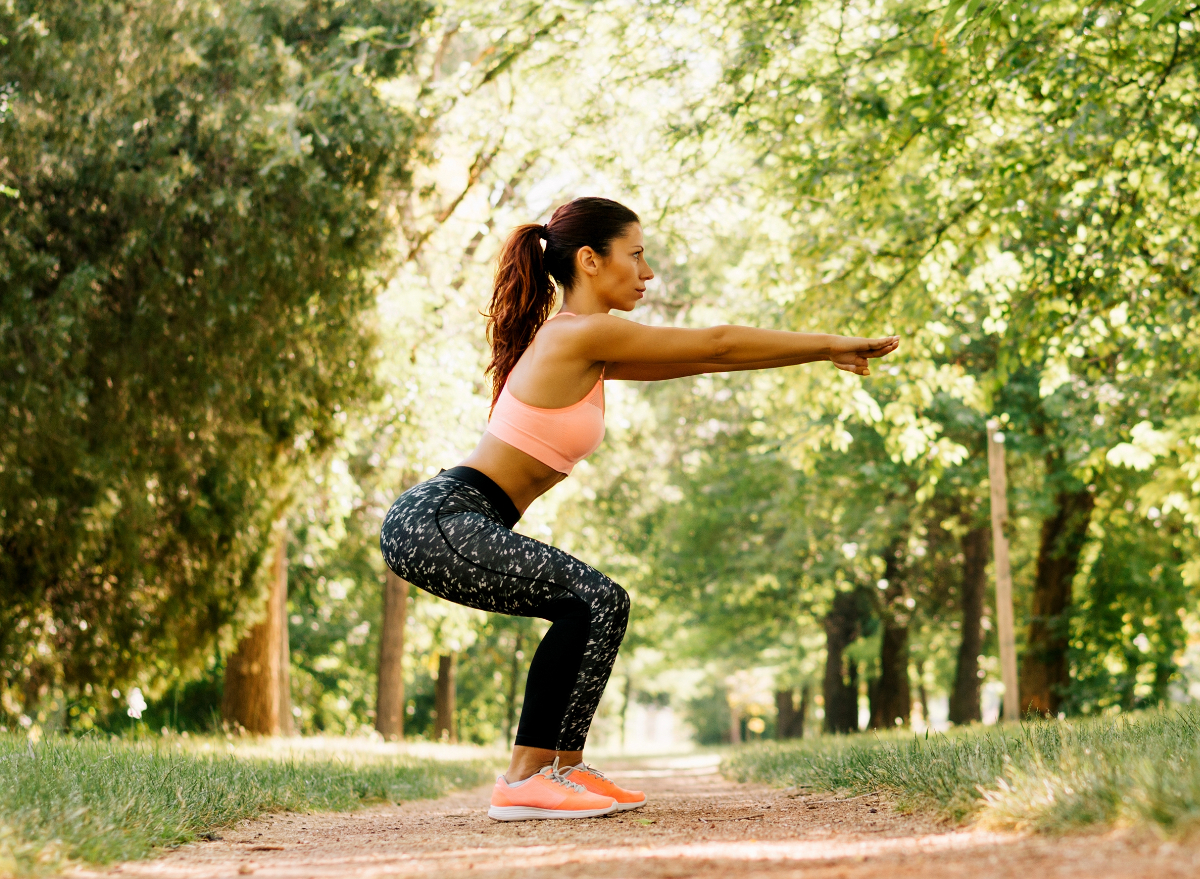As we age, our bodies undergo a range of changes that can impact our physical abilities and increase our risk of injury. However, regular exercise is crucial for maintaining physical function, preventing chronic diseases, and enhancing overall quality of life. The key is to choose exercises that are safe, effective, and tailored to individual needs and abilities.
Understanding Age-Related Changes
Before diving into exercises, it’s essential to understand the age-related changes that can affect our bodies. These include:
- Decreased muscle mass and strength
- Reduced flexibility and range of motion
- Weakened bones and increased risk of osteoporosis
- Impaired balance and coordination
- Decreased cardiovascular function
Safe Exercise Principles
To minimize the risk of injury and ensure a safe exercise experience, seniors should follow these principles:
- Consult a healthcare professional: Before starting any new exercise program, consult with a healthcare professional to discuss any underlying medical conditions, concerns, or physical limitations.
- Start slowly: Begin with gentle, low-intensity exercises and gradually progress to more challenging activities as fitness levels improve.
- Listen to your body: Pay attention to your body’s signals, and stop or modify exercises if you experience pain, discomfort, or fatigue.
- Focus on functional exercises: Emphasize exercises that improve daily functioning, such as balance, mobility, and strength.
- Incorporate variety: Include a mix of exercises that target different aspects of fitness, such as cardiovascular endurance, flexibility, and strength.
Exercise Options for Seniors
Here are some safe and effective exercise options for seniors, grouped by fitness category:
Cardiovascular Exercises
- Brisk walking: A low-impact, weight-bearing exercise that’s easy on the joints.
- Swimming: A low-impact exercise that’s gentle on the joints and provides excellent cardiovascular benefits.
- Cycling: A low-impact exercise that’s easy on the joints and can be done on a stationary bike or outdoors.
- Dance-based workouts: Fun, low-impact exercises that improve cardiovascular fitness and coordination.
Strength Training Exercises
- Bodyweight exercises: Squats, lunges, leg raises, and wall push-ups are gentle on the joints and can be modified to suit individual abilities.
- Resistance band exercises: Lightweight, portable, and easy to use, resistance bands provide a gentle strength-training option.
- Light weightlifting: Using light weights or dumbbells can help improve strength and muscle mass.
- Functional exercises: Activities like carrying groceries, gardening, or playing with grandchildren can help improve strength and mobility.
Flexibility and Balance Exercises
- Yoga: A low-impact exercise that improves flexibility, balance, and strength.
- Tai chi: A slow, flowing exercise that enhances balance, coordination, and flexibility.
- Stretching exercises: Gentle stretching can help improve flexibility and range of motion.
- Balance exercises: Single-leg standing, heel-to-toe walking, and balance boards can help improve balance and reduce the risk of falls.
Functional Exercises
- Daily activity modification: Incorporate physical activity into daily routines, such as taking the stairs instead of the elevator.
- Household chores: Gardening, cleaning, and other household activities can help improve strength, mobility, and flexibility.
- Play with grandchildren: Engage in playful activities with grandchildren, such as playing tag, hide-and-seek, or dancing.
- Volunteer work: Participate in volunteer activities that involve physical activity, such as walking dogs or helping with community events.
Injury Prevention Strategies
To minimize the risk of injury, seniors should:
- Warm up and cool down: Gradually increase and decrease exercise intensity to prevent muscle strain and injury.
- Use proper equipment: Ensure that exercise equipment is safe, sturdy, and suitable for individual needs and abilities.
- Exercise with a partner: Exercising with a partner or joining a group fitness class can help provide support, motivation, and safety.
- Stay hydrated: Drink plenty of water before, during, and after exercise to prevent dehydration and electrolyte imbalances.
Conclusion
Exercise is essential for seniors, but it’s crucial to choose activities that are safe, effective, and tailored to individual needs and abilities. By following the principles outlined in this guide, seniors can minimize the risk of injury and enjoy the many benefits of regular exercise, including improved physical function, enhanced quality of life, and reduced risk of chronic diseases.
FAQ Section
What is the best exercise for seniors to improve balance and coordination?
+Tai chi and yoga are excellent exercises for improving balance and coordination in seniors. These low-impact activities combine gentle movements, deep breathing, and meditation to enhance overall physical function and reduce the risk of falls.
Can seniors with osteoporosis participate in weight-bearing exercises?
+Yes, seniors with osteoporosis can participate in weight-bearing exercises, but it’s essential to consult with a healthcare professional to determine the safest and most effective activities. Gentle weight-bearing exercises, such as brisk walking or bodyweight exercises, can help improve bone density and reduce the risk of fractures.
How often should seniors exercise to achieve optimal health benefits?
+The American College of Sports Medicine recommends that seniors aim for at least 150 minutes of moderate-intensity exercise or 75 minutes of vigorous-intensity exercise per week. Additionally, incorporating strength training, flexibility, and balance exercises into your routine can help improve overall physical function and reduce the risk of chronic diseases.


